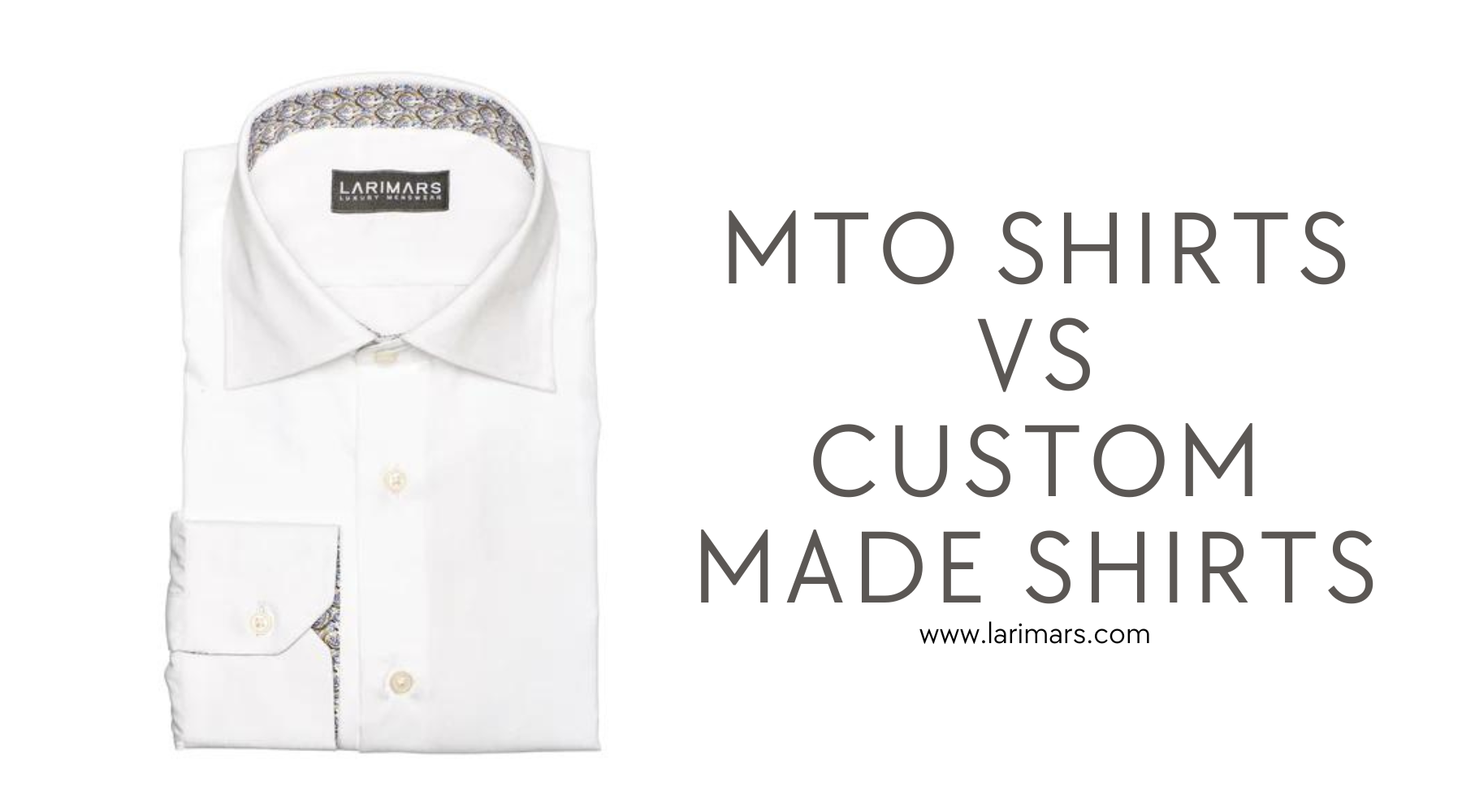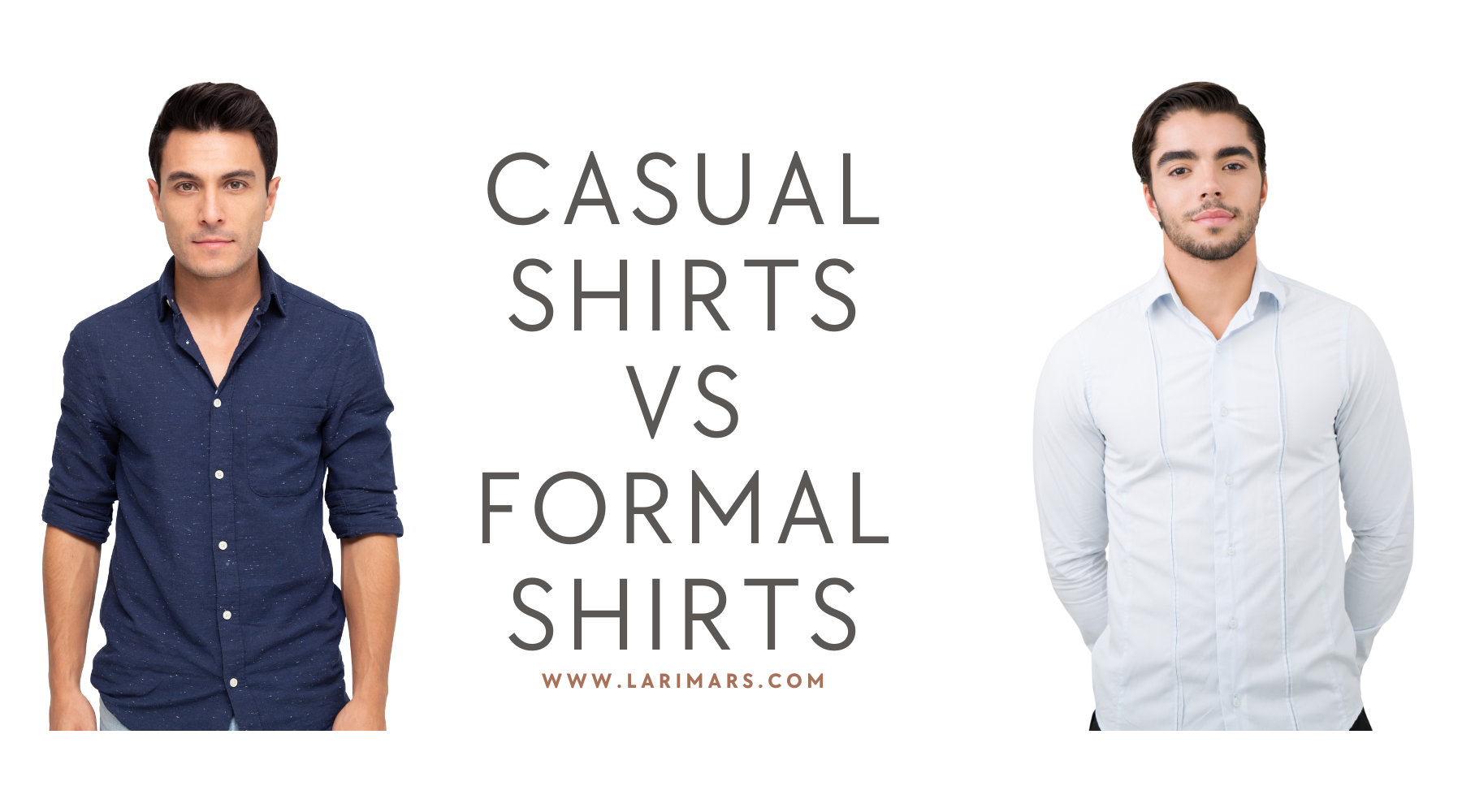
Formal vs. Casual Shirts: The Eternal Style Battle
How do you define a formal shirt? Is it something having a front button-down placket with cuffs & collar and a slim fit structure? Well, all these characteristics can also be present in casual and smart-casual shirts.
You might be surprised to know that but most button-downs are considered casual since they lack the sense of professionalism and formality of formal shirts. Likewise, not even an Oxford shirt can be considered formal as it may lack the defining characteristic of formal shirts.
So today, we are here to redefine the line between formal and casual shirts which might have gone blurred with the evolution of men's fashion. Keep reading the article to learn about characteristics that differentiate between casual and dress shirts. This will enable you to dress properly, by choosing the right type of shirt, as per the nature of the occasion.
Also, we'll mention some of our expert styling hacks for these two types of men's shirts so you would never look out of place but a head-turner wherever you go. So, let's begin!
Difference Between Formal And Casual Shirts
Formal shirts, also known as dress shirts, are designed for important or serious occasions like business meetings, award ceremonies, galas, office environments, weddings, job interviews, or black tie events. On the other hand, casual shirts, as the name implies, are made for leisurely occasions like brunches, hangouts, vacations, parties, or outdoor activities.
The question that arises here is what makes a casual shirt casual and a formal shirt formal? Well, it's their defining characteristics which include;
- Collar type
The very first fundamental defining characteristic between a casual and formal shirt is its collar type. All types of formal shirts are crafted with more structured and stiff collars since they have to withstand pressure from neckties or jacket lapels.
Also, formal shirts usually come with one of the two types of collars; spread collar or point collar. In spread collars, the distance between the collar's pointed edges is more or around 90° whereas in point collars, this distance is 60° or less.
On the other hand, casual shirts usually come with less rigid collars which might be of dozens of types, ranging from Cuban collars to Mandarin collars, cutaway collars, camp collars, and hoodie collars. Some casual shirts are also designed with the variation of point collars which allows its wearer to achieve a smart casual look along with more ease of movement.
- Fabric and weave type
Formal shirts are usually made up of 100% original, lustrous, and premium-grade fabrics like Egyptian cotton, linen, or sometimes silk. The reason for using such luxurious fabrics to make formal wear is that they need to look polished and refined, all the time, regardless of how harsh the weather conditions are.
On the other hand, casual shirts are made up of a wide range of fabrics (pure and mixed) but all these fabric types tend to be thinner and lightweight so such shirts could be comfortable, breathable, and hard-wearing. Also, casual shirts lack the signature luster of dress shirts and have a more rugged texture.
Likewise, formal shirts are made with tighter and heavier weaves such as broadcloth, poplin, or twill. These tighter weaves impart a non-iron finish, preventing too much wrinkle formation.
Whereas, casual shirts, due to having rugged and plain weaves are more prone to wrinkling but as long as they feel pleasant on the skin, the wrinkled, slightly messy appearance doesn't matter.
- Colors
Many people are unaware of this fact but color psychology plays a vital role in determining the nature of a shirt; whether it falls in the formal or casual category.
Since formal shirts are made to provide a sharp look, they are mostly made in monochromatic muted, and neutral shades. That's the reason why dress shirts are usually solid white, black, navy, brown, gray, or other pastel hues of color.
On the other hand, casual shirts may come in lively, vibrant, and polychromatic color schemes such as pink, yellow, orange, red, green, etc.
- Design and pattern
Formal shirts come with a minimal pattern and self-textured design elements to maintain an aura of formality. Yes, striped and checkered shirts are sometimes considered formal but only if they contain patterns in complementary colors.
Also, the stripes on a dress shirt will always be vertical, narrow (not wider than half a centimeter), and of light colors. Likewise, some semi-formal dress shirts may also have paisley prints or small floral prints to add a touch of freshness but these should be avoided in a serious environment.
On the other hand, casual shirts are not bound by any design or pattern restrictions as they may feature any kind of ensemble, ranging from abstract art to wild patterns, bold textures, and Hawaiian-inspired prints.
Designers may also try to be more creative by playing with different fabrics and introducing denim pockets to a plain casual shirt to make it look more aesthetically pleasing and visually appealing.
- Style
Just like in the case of designs and patterns, formal shirts have a very small room for styling elements and that's why, they mostly come with a very basic and rigid structure such as full-length sleeves, organ pleats, side gussets, french cuffs, and longer hems.
The purpose of keeping the hem longer, in a dress shirt, is to provide ease in tucking it inside the pants. So any shirt that doesn't go past the bottom of your hips can't be considered a formal shirt, regardless of how many right boxes it checks in.
On the other hand, casual shirts have shorter hem since they are often untucked to display an easy-going, laid-back look. In addition to this, casual shirts may have shorter or longer sleeves with barrel or simple buttoned cuffs, pockets, epaulets, etc.
- Sizing
Dress or formal shirts are traditionally sized numerically, according to neck and sleeve lengths. Some companies are even considering introducing sizing as per body profile, weight, and height for a better fit. Yes, some dress shirts are also offered in standard sizes but if you have a choice, you better go with a shirt with a bespoke fit.
On the other hand, casual shirts are mostly offered in standard alpha sizing dimensions; small, medium, large, and extra large. The reason for using alpha-sizing dimensions in casual shirts is that they don't need to provide a precise fit but need to be breezy enough for everyday use.
Tips for styling formal and casual shirts
Now that you have learned to differentiate between a formal and casual shirt, the next step is to learn how to get the most out of your investment by styling them properly. So here are some quick dos and don'ts you need to know;
Styling tips for formal shirts
-
If your formal shirt features a point collar, consider wearing a necktie with it. However, the tie knot should be over the topmost button and in the center.
-
Your shirt should not look billowy or saggy above your waistline so make sure to tuck it in your pants with military precision.
-
Go with dark colors and vertical stripes to look more slender and taller and vice versa. Likewise, avoid pastel colors if you have a pale skin tone and avoid brighter hues if you have a rosy complexion.
-
Get a tailored shirt that is made to minimize the waist and accentuate shoulders. If you are skinny, don't wear body-fitted shirts, and vice versa.
-
Try to collect cufflinks of different designs to compliment your formal shirts; from simple sterling cufflinks for regular use to embellished ones for more formal occasions.
-
Pair solid colored shirts with pattern suits whereas pair a patterned shirt with a solid color suit to add visual depth. Just avoid flashy colors and patterns.
-
Consider wearing undershirts beneath your dress shirts to prevent unsightly sweat splotches.
-
Style a checkered or printed shirt with jeans and striped or plain shirts with trousers. For Hawaiian printed shirts, go with shorts.
-
Wear a simple bracelet or watch as a statement piece with your casual shirt. You can also wear a belt but make sure its color is matching with your shoes.
-
If the weather allows for it, layer your casual shirts to create a visual depth. For example, wear a T-shirt or Henley under a chambray or pair a white T-shirt with a lightweight jacket or blazer.
-
Don't fasten all the buttons, front top to bottom, of your button-down. Instead, keep the first two to three buttons undone to look more casual and relaxed.
-
Don't tuck your casual shirts inside unless you are trying to achieve a bit formal. Also, roll up your sleeves slightly below the elbow to look stylish.
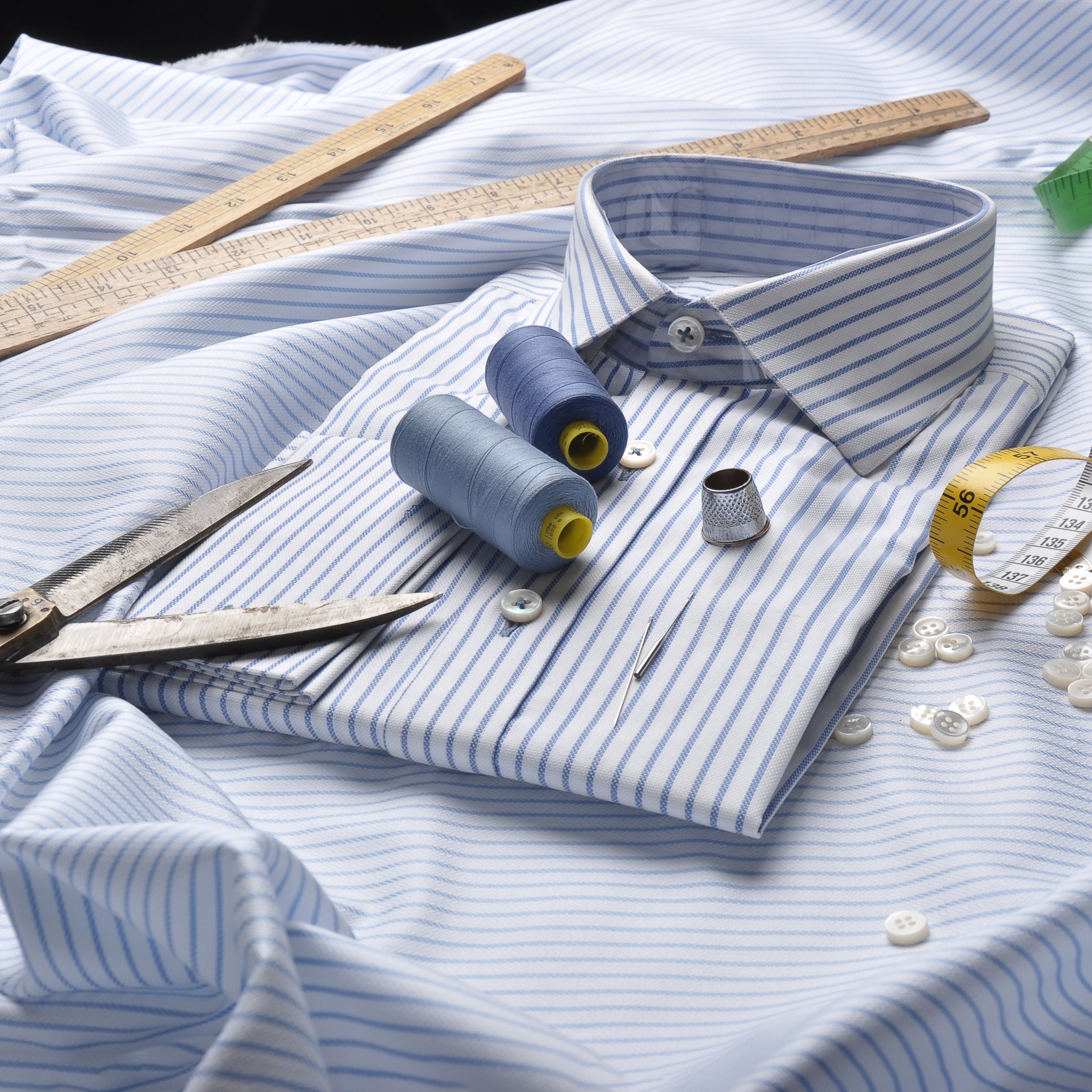
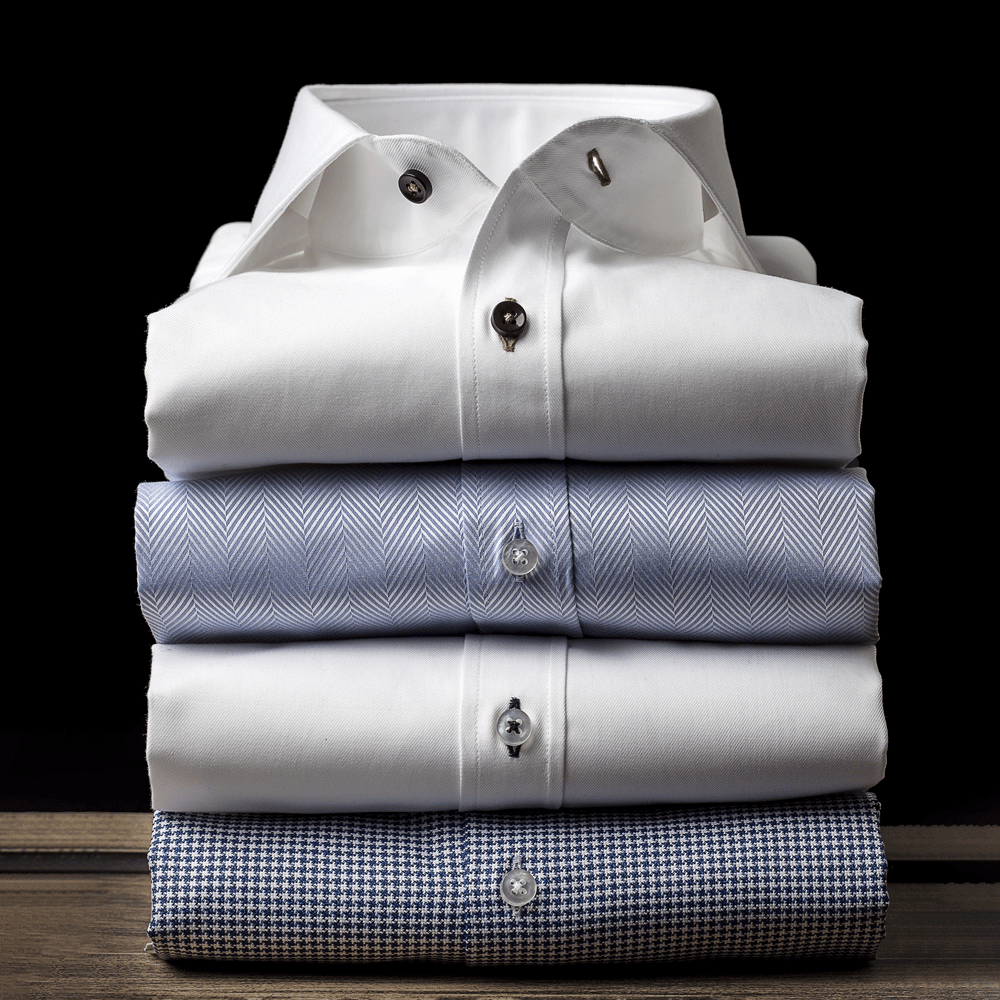
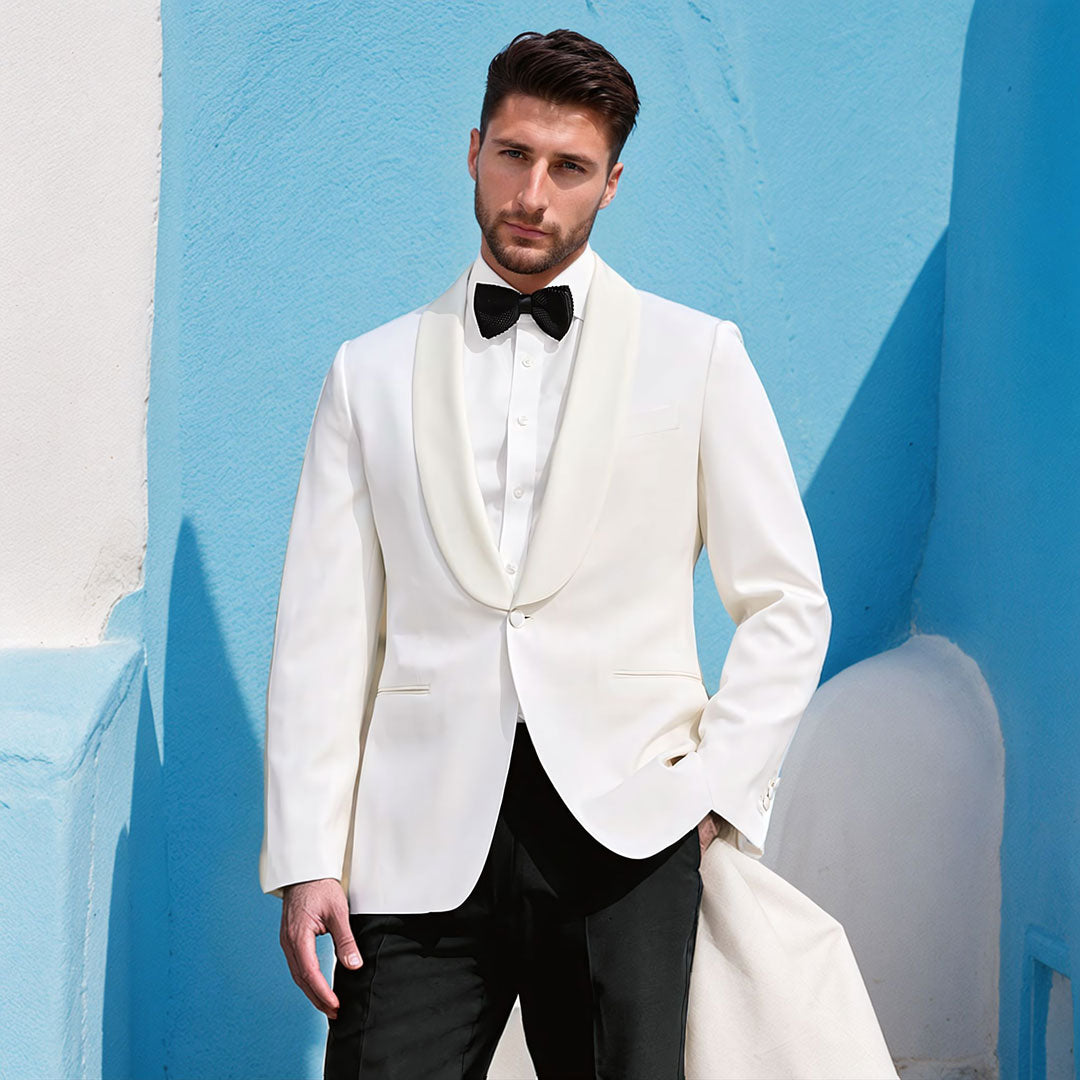

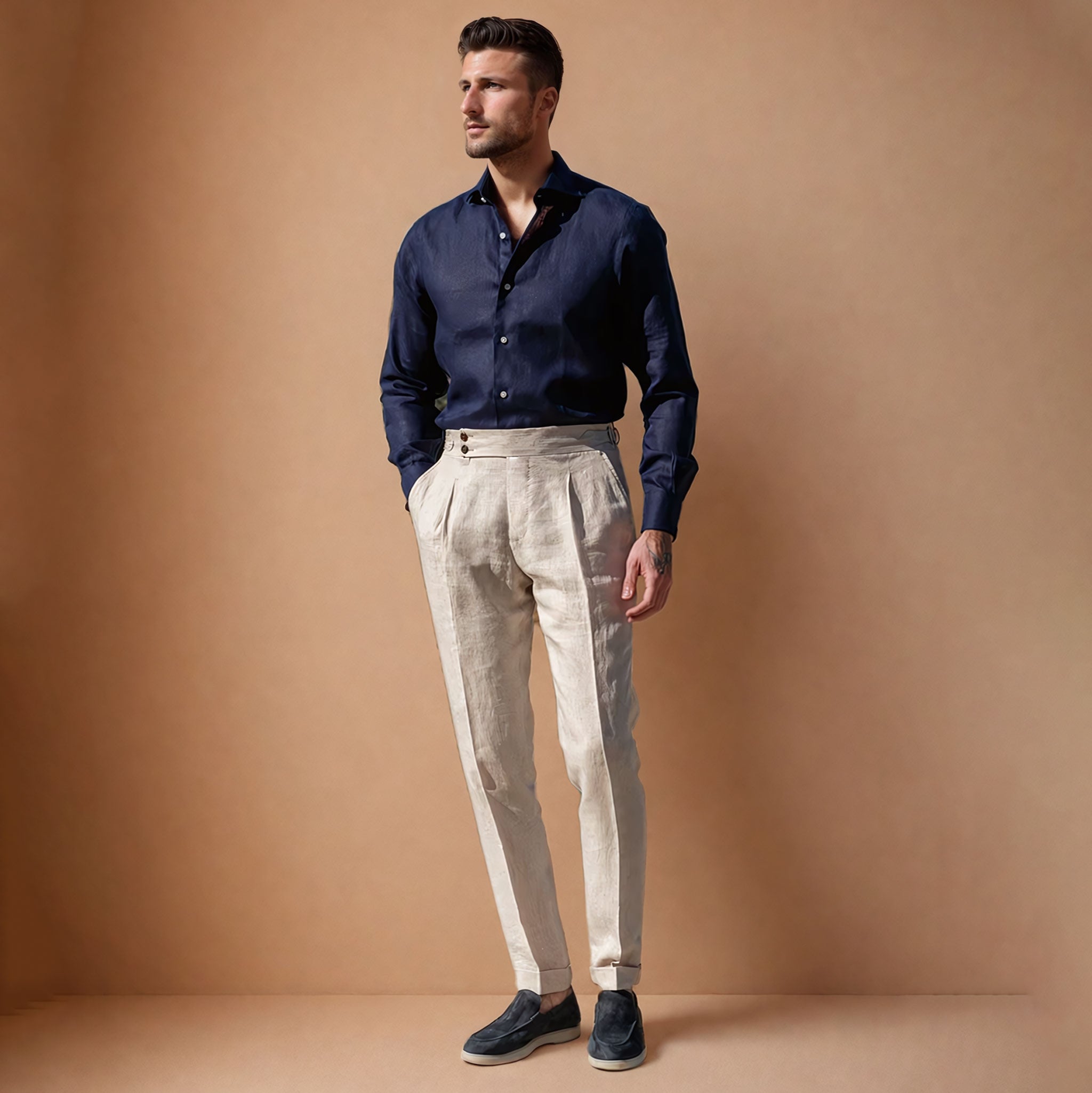
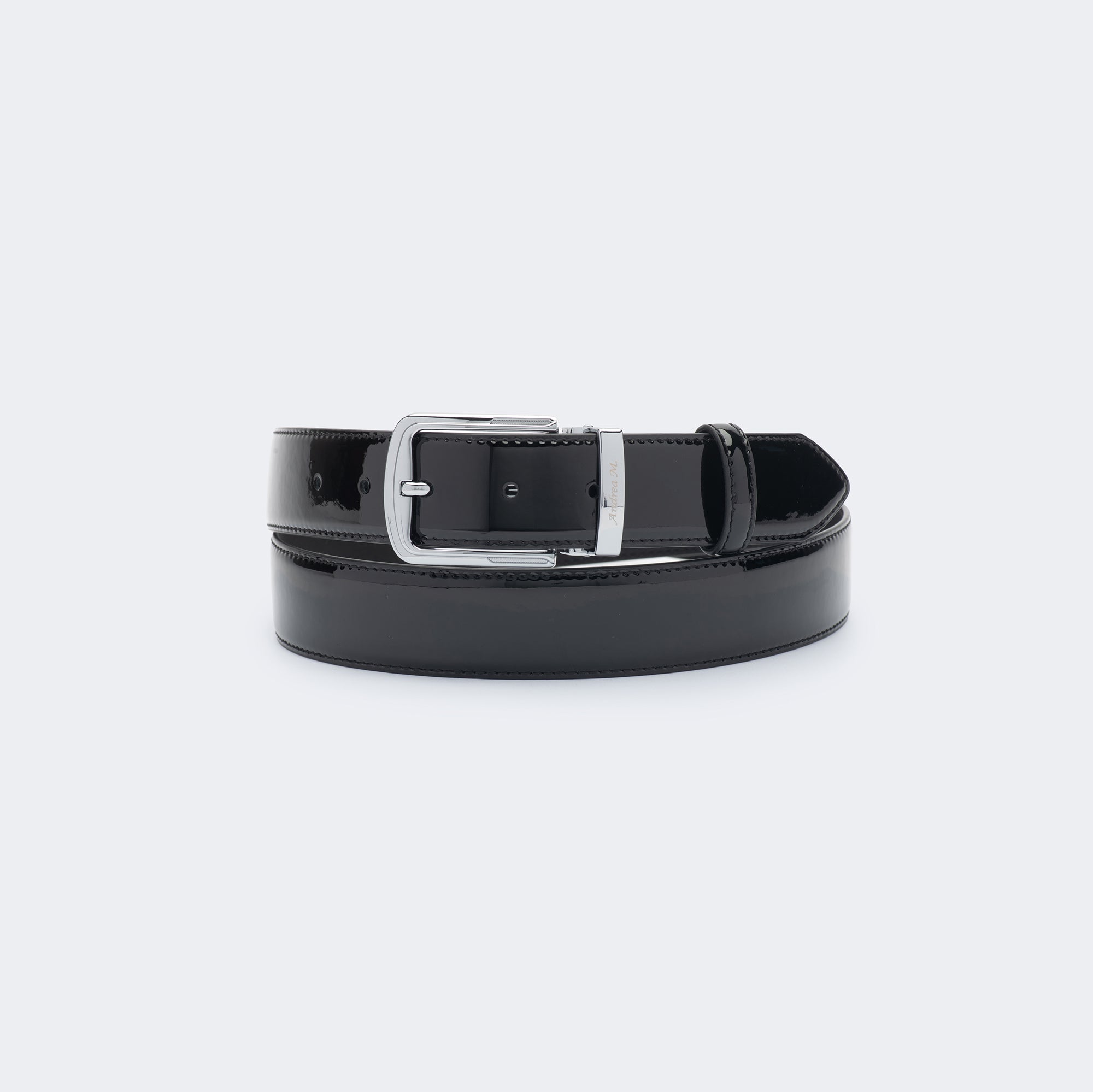
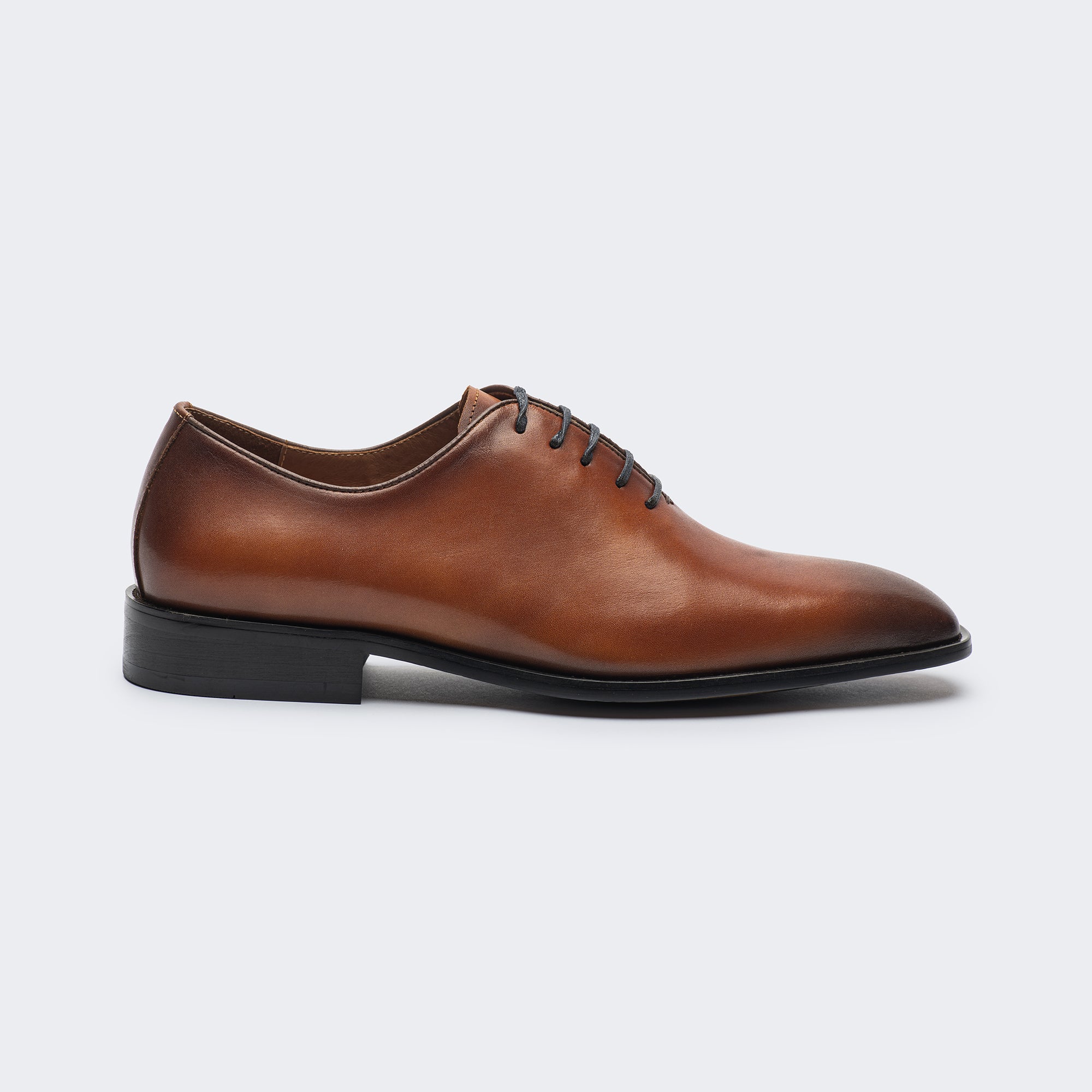
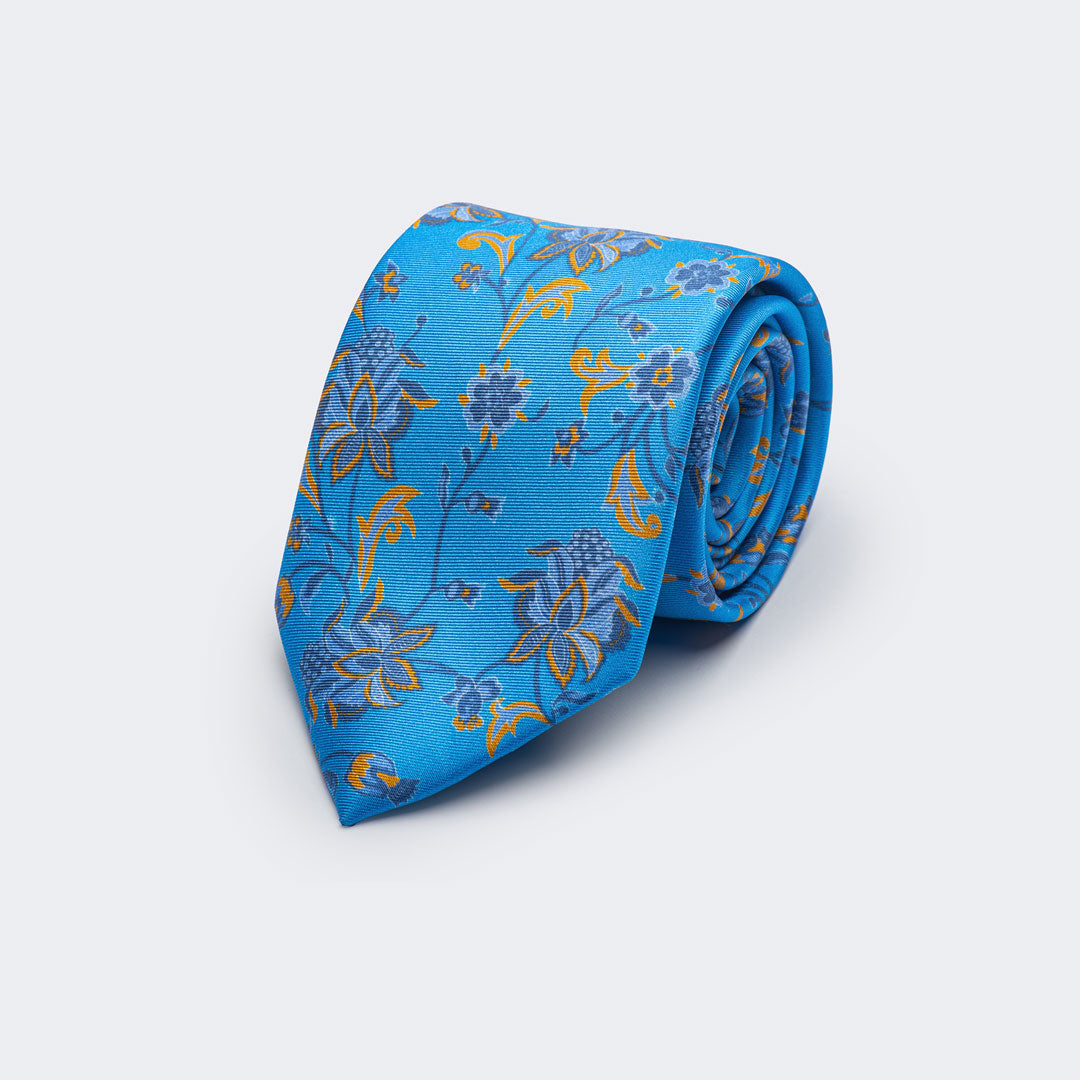
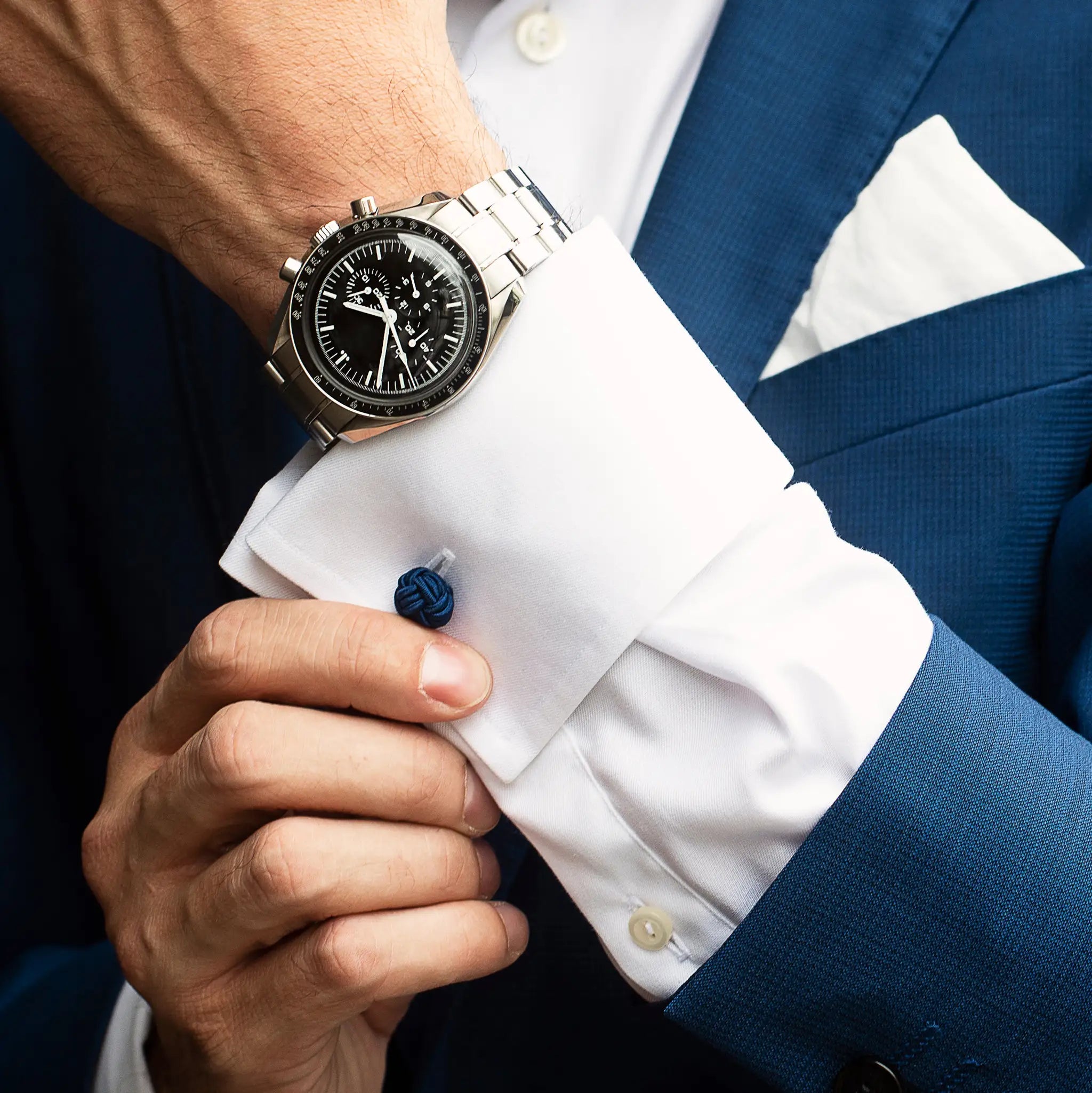
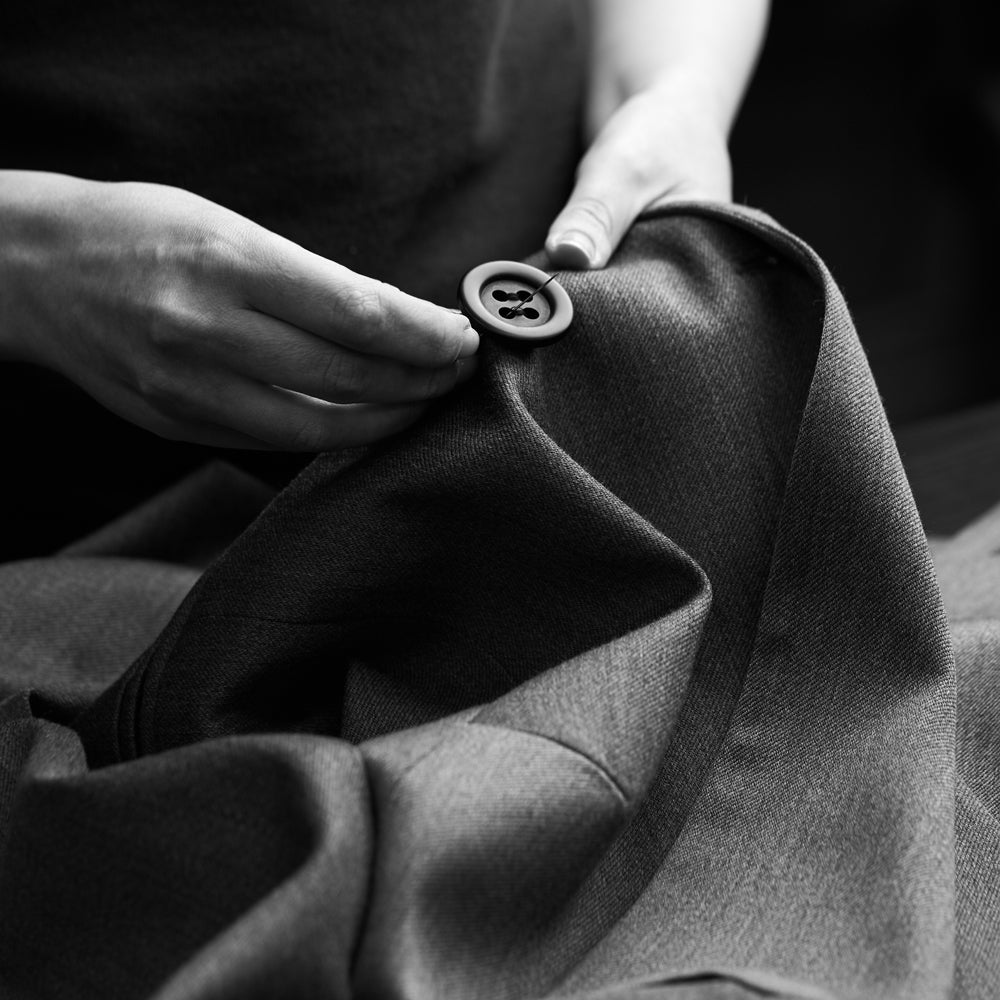
![Recognize and Choose Quality Shirts [Everything You Need To Know]](http://www.larimars.com/cdn/shop/articles/choosequalityshirtsformen.jpg?v=1693904780&width=700)
